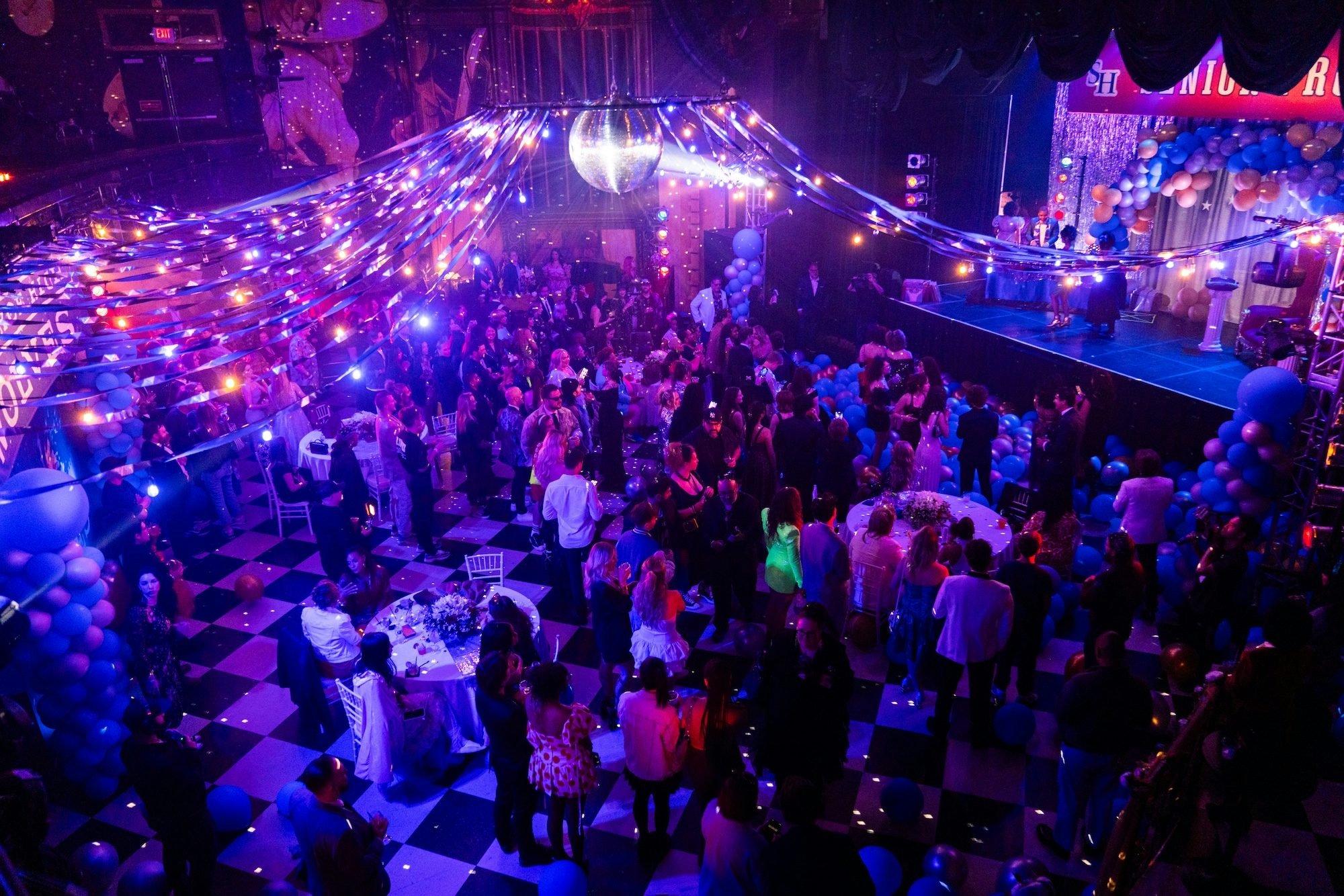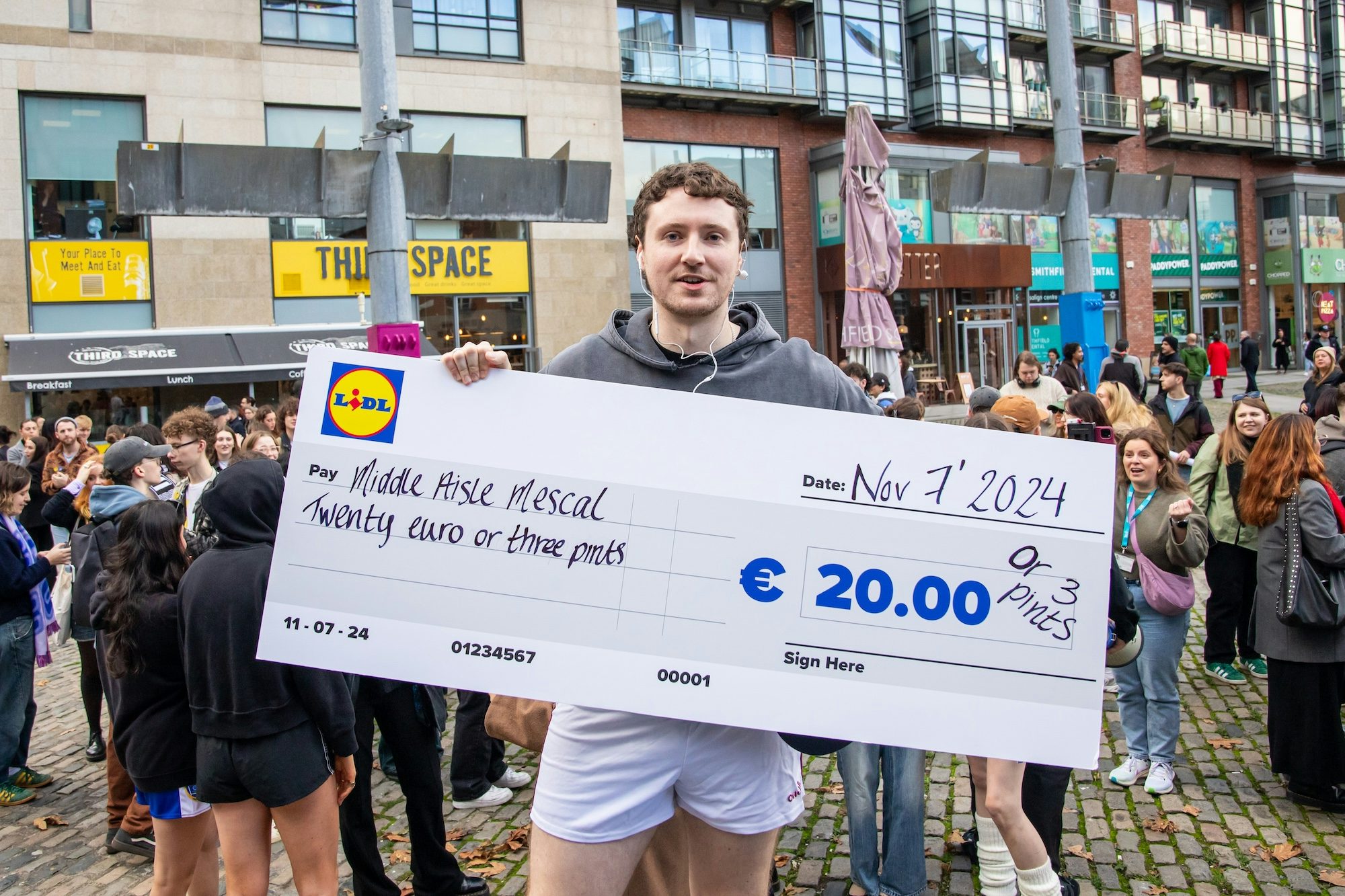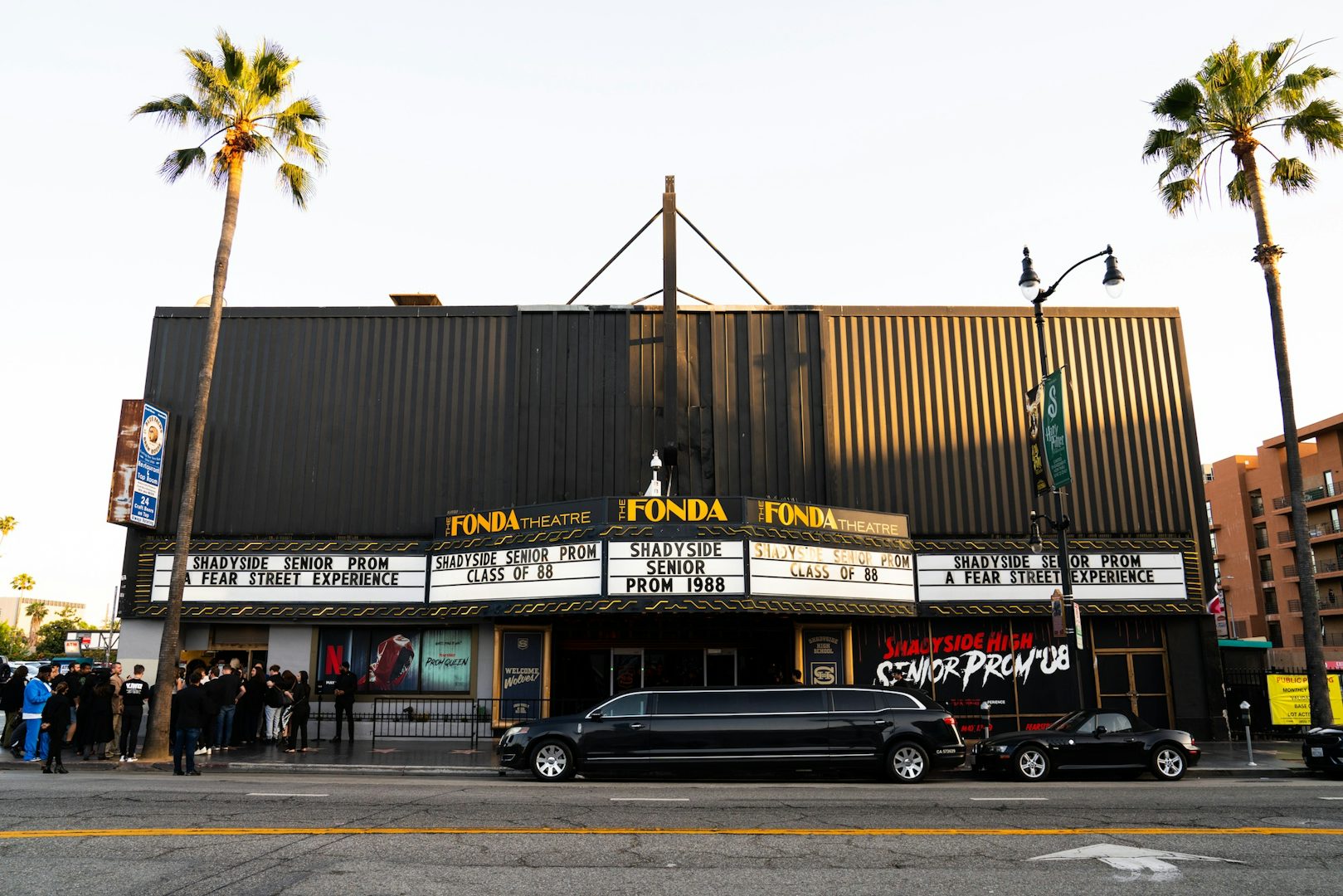Why a product launch should feel like a cultural moment
Audiences no longer just want content, they want connection, says Studio Secret Cinema’s Cat Botibol, and the brands that offer this via real-life experiences will win fans for life
Recently, something weirdly wonderful happened. Nintendo launched the long-awaited Switch 2. Instead of sitting at home hitting refresh, fans dressed up as their favourite game characters and queued outside a Smyths store at midnight, buzzing with excitement.
In a world of one-click pre-orders and digital drops, this felt … human. Like a throwback to when fandom meant standing in the cold, dressed as Yoshi, just to be part of it. Midnight launches used to be a big part of gaming culture, then they vanished as convenience took over. So why are they making a comeback now?
At Secret Cinema, we’ve been tracking this shift in behaviour for a while. Our latest research shows that 80% of people are actively seeking out what we call ‘collective awe’. These are emotionally rich, real-world moments experienced with other people. Think singing your heart out at a gig, laughing through a live podcast, or screaming in sync at a horror film. These aren’t just events. They’re an emotional glue and they’re changing how people want brands to show up.

The need for connection is fuelling the comeback of shared experiences. And fandom is what’s leading the charge. From BTS armies to Swifties, today’s fan communities aren’t just connecting online. They’re turning up in the real world, ready to make memories together.
Our perception of fandom has shifted too. According to our research, fictional fandoms are now gaining the same recognition and respect that sporting fandoms always have. And that matters, because if your brand isn’t tapping into that sense of belonging, it’s missing the moment. So, the question now for brands and marketers is, are you creating something people want to consume, or something they want to feel?
Lego gets it. From their Fortnite collaboration and Formula 1 driver parade builds to their Botanicals workshops and Star Wars Day ‘make and take’ events, Lego consistently creates hands-on, in-person fandom moments around launches. These events are designed for doing, not just watching, and all centre on fan participation.
Lego understands what brings their community joy and they build around it. That’s the difference. These aren’t just stunts, they’re moments that spark emotional connection. That’s where the brand love lives. And this shift isn’t just happening in branded spaces, it’s everywhere in culture.
Look at Richard Osman. He’s long been championing the idea of bringing great TV back to cinemas. He talks about it all the time on The Rest is Entertainment podcast. Why? Because watching together hits differently. It’s why we’re seeing more fans actively seek out ways to step inside the formats they love.
People aren’t just fans, they’re participants. They want to play a part. Step inside the story and blur the line between audience and action
Live spin-offs of TV, film, books and podcasts are booming. From Taskmaster Live to The Traitors: The Experience to Off Menu podcast live, audiences want to go deeper, not just consume but connect.
That insight sits at the heart of what we do at Studio Secret Cinema. Take our recent Fear Street: Prom Queen activation in LA. We turned the Fonda Theatre into a fully immersive Shadyside High, complete with lockers, prom decorations, blood trails and scream-worthy surprises. The response was massive. Slasher superfans turned up with their dates in their finest prom attire. It was more than an event, it was live fandom in action.

And this desire to step into the things we love doesn’t seem to be slowing down. Lookalike contests are also back big time. From Timothée Chalamet clones taking over Washington Square Park to Paul Mescal impersonators reciting Normal People lines in Dublin. It goes to show that people aren’t just fans, they’re participants. They want to play a part. Step inside the story and blur the line between audience and action.
That’s the real learning here. People don’t just want content. They want connection. When you create experiences that let them step into something bigger, like an immersive world, a feeling, a community, they remember it, share it and they come back for more.
It’s evident in our fan group, The Positive People of Secret Cinema, which is still going strong years after the credits roll. Members organise annual meetups and have made real friendships from the community. Someone from our team always shows up to give back to the fans who have long been supporting us, because when you build something meaningful, it doesn’t end when the lights go off.

So, why are midnight launches back? Because people are craving real world moments that matter. And for brands, the message is simple: stop broadcasting. Start inviting. Create experiences that feel less like marketing and more like memory-making. Because in a world full of scrollable content, human connection is your real reach.
Cat Botibol is business development director at Studio Secret Cinema; secretcinema.com/studio-secret-cinema




